Pressure valve
A pressure valve operates based on a simple mechanism. It comprises:
A valve body: This houses the main components.
An inlet: This is where the pressurized fluid (liquid or gas) enters.
A disc: This is held against the valve seat, under normal conditions, by a spring.
A spring: Adjusts to set the desired maximum pressure limit.
When the pressure in the system surpasses the set limit, the force exerted on the disc overcomes the spring’s tension, causing the valve to open. This allows excess pressure to be vented or diverted, thus safeguarding the system.
Showing 1–16 of 42 results
-
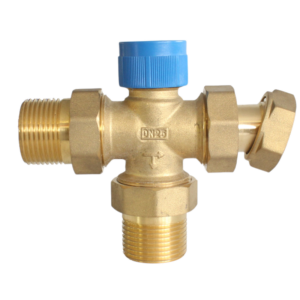
Adjustable thermostatic mixing valve
ADD TO QUOTE -
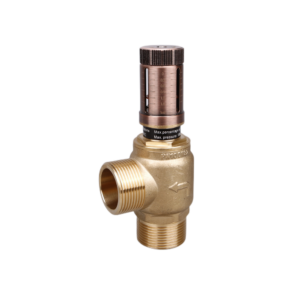
Air Conditioning Heat Pump Pressure Bypass Valve
ADD TO QUOTE -

Air Vent Drain Valve Set
ADD TO QUOTE -
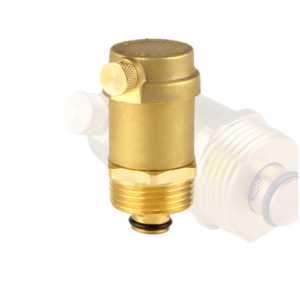
Automatic Air Vent Valve 1/2
ADD TO QUOTE -

Boiler kit with Vent Safety Valve
ADD TO QUOTE -
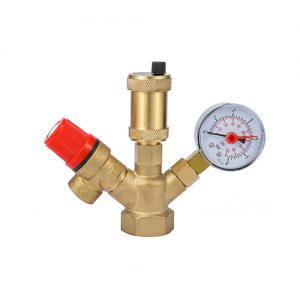
Boiler Safety Valve Kit
ADD TO QUOTE -
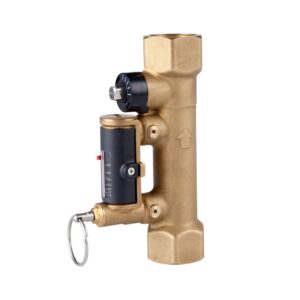
Brass Balancing Valve with Flow Meter
ADD TO QUOTE -

Brass Balansinis ventilis balance valve
ADD TO QUOTE -
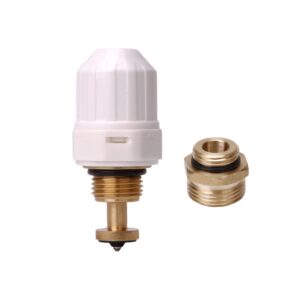
Brass Disc Cartridge For TRV
ADD TO QUOTE -
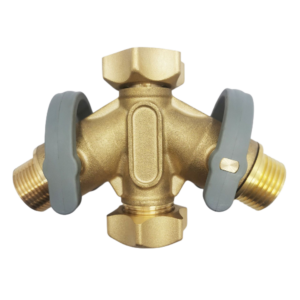
Brass Garden Hose 2-Way Splitter
ADD TO QUOTE -
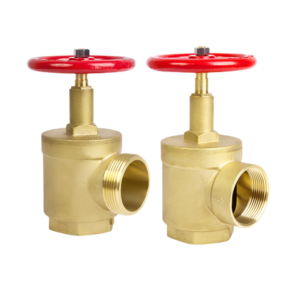
Brass Hydrant Fire Valve
ADD TO QUOTE -

Brass Pre-filtration Water Filter
ADD TO QUOTE -

Brass Pressure Relief Valve
ADD TO QUOTE -
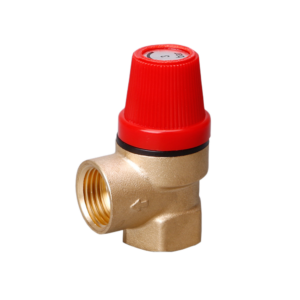
Brass Safety Relief Valve
ADD TO QUOTE -
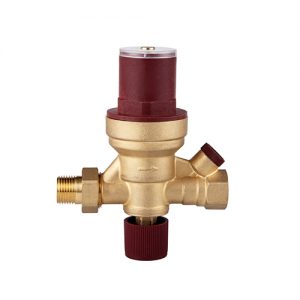
Brass Water Boiler Filling Valve
ADD TO QUOTE -
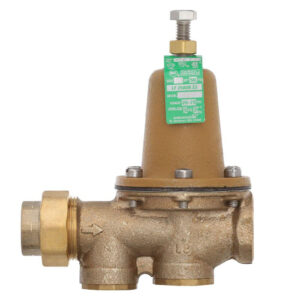
Bronze Water Pressure Regulator Valve
ADD TO QUOTE